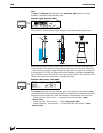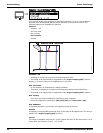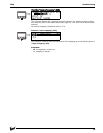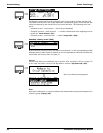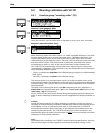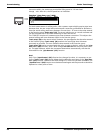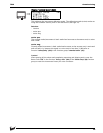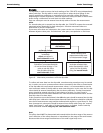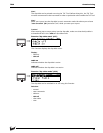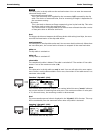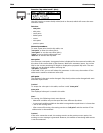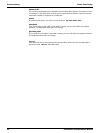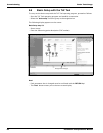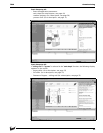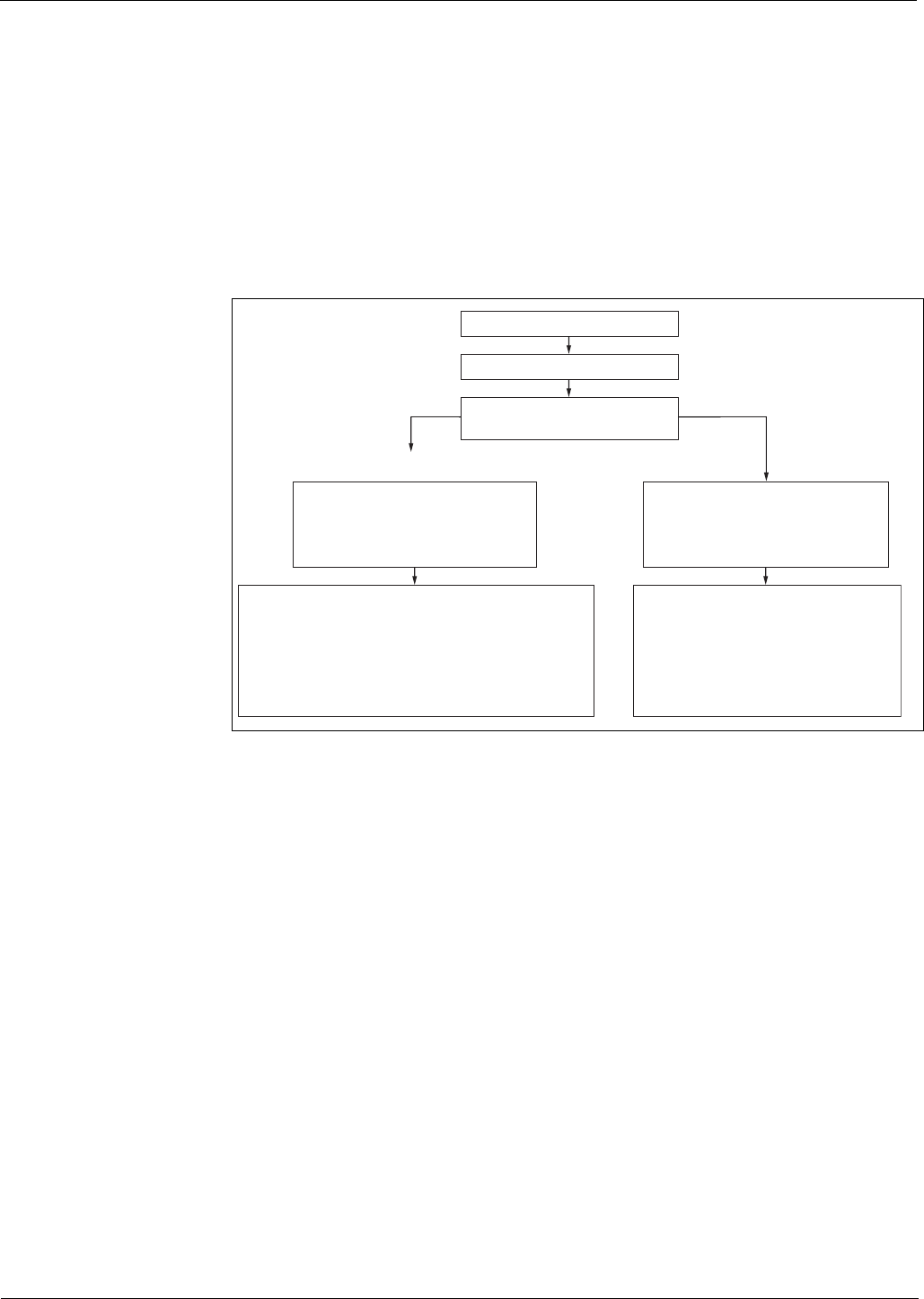
Commissioning Radar Tank Gauge
60 Installation and Operations Manual
Dip table
The dip table is used to correct the level readings of the 7500 RTG using independently
taken hand dips. The dip table is used in particular to adapt the level gauge to the
specific application conditions as mechanical offset and tank/stilling well design.
Depending on national regulations, national inspectors will dip the tank at one to three
levels during a calibration run and check the level readings.
Only one value pair must be entered into the dip table to correct the measurement
offset.
If a second value pair is entered into the dip table, the 7500 RTG accepts the corrected
measured values identically for both value pairs. All other measured values are
determined by linear extrapolation.
If you enter more than two value pairs, the system carries out a linear interpolation
between adjacent value pairs. Outside these value pairs, extrapolation is also linear.
Figure 8: Alternative procedures to fill the dip table.
To collect and enter data into the dip table, two alternative procedures may be carried
out. In order not to mix up measurement values corrected by the offset or linearization
of the dip table with uncorrected measurement values, it is recommended to use the
semi-automatic mode of the dip table to enter new data pairs. In this case, the first dip
value should be entered immediately after the basic calibration. Further linearization
points should be entered only after a level change of at least 2 m (see Figure 8:,
preferred choice) and a deviation between the "uncorrected measurement value" and the
hand dip value of at least 4mm.
If this procedure can not be followed, then NO value pair should be entered into the dip
table after basic calibration. Measurement data and hand dip values should be collected
over the full measurement range and be evaluated with regard to a good linear fit. Only
then characteristic value pairs should be entered into the dip table using the "manual
mode" (see Figure 8:, right side). If further linearization is needed, further hand dip
values should be entered using only the "semi-automatic mode".
Note!
The offset should NOT be determined and entered within the close range of the antenna
(conf. definition of the safety distance) or immediately in the range of the tank bottom,
because within these ranges interferences of the radar signal may occur.
basic setup
history reset
dip table
alternatives
preferred choice:
and
immediate
correction in
mode
hand dip
offset
semi-automatic
collect hand dip and
measurement data over
full measurement range
collect further hand dip data;
if deviation from measurements
> 4 mm and level change > 2 m:
enter a new dip value
into dip table using the
modesemi-automatic
evaluate collected data;
enter characteristic value
pairs into the dip table
using the manual mode
L00-FMR53xxx-19-00-00-en-014




